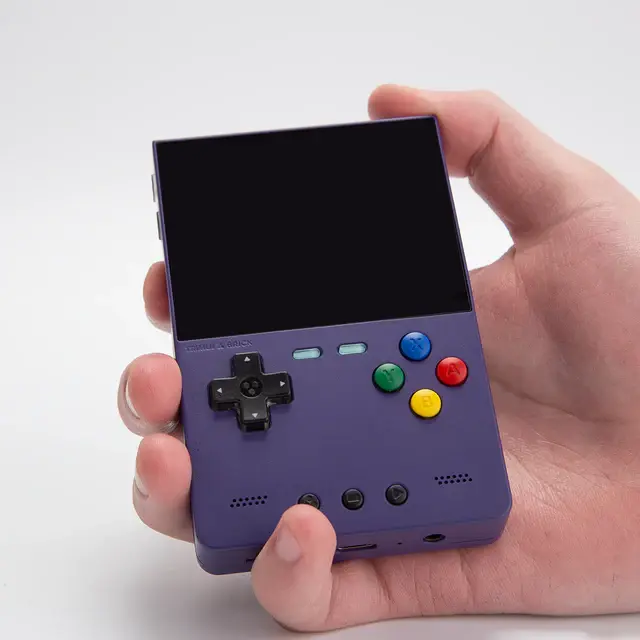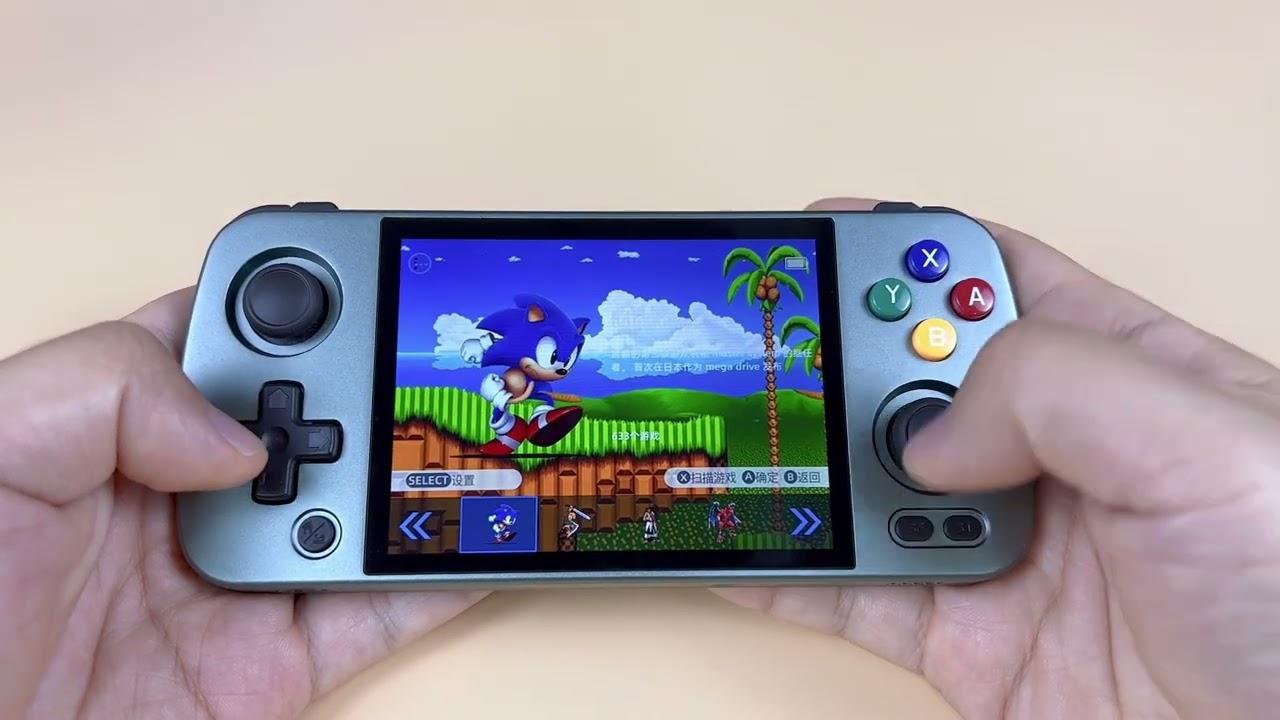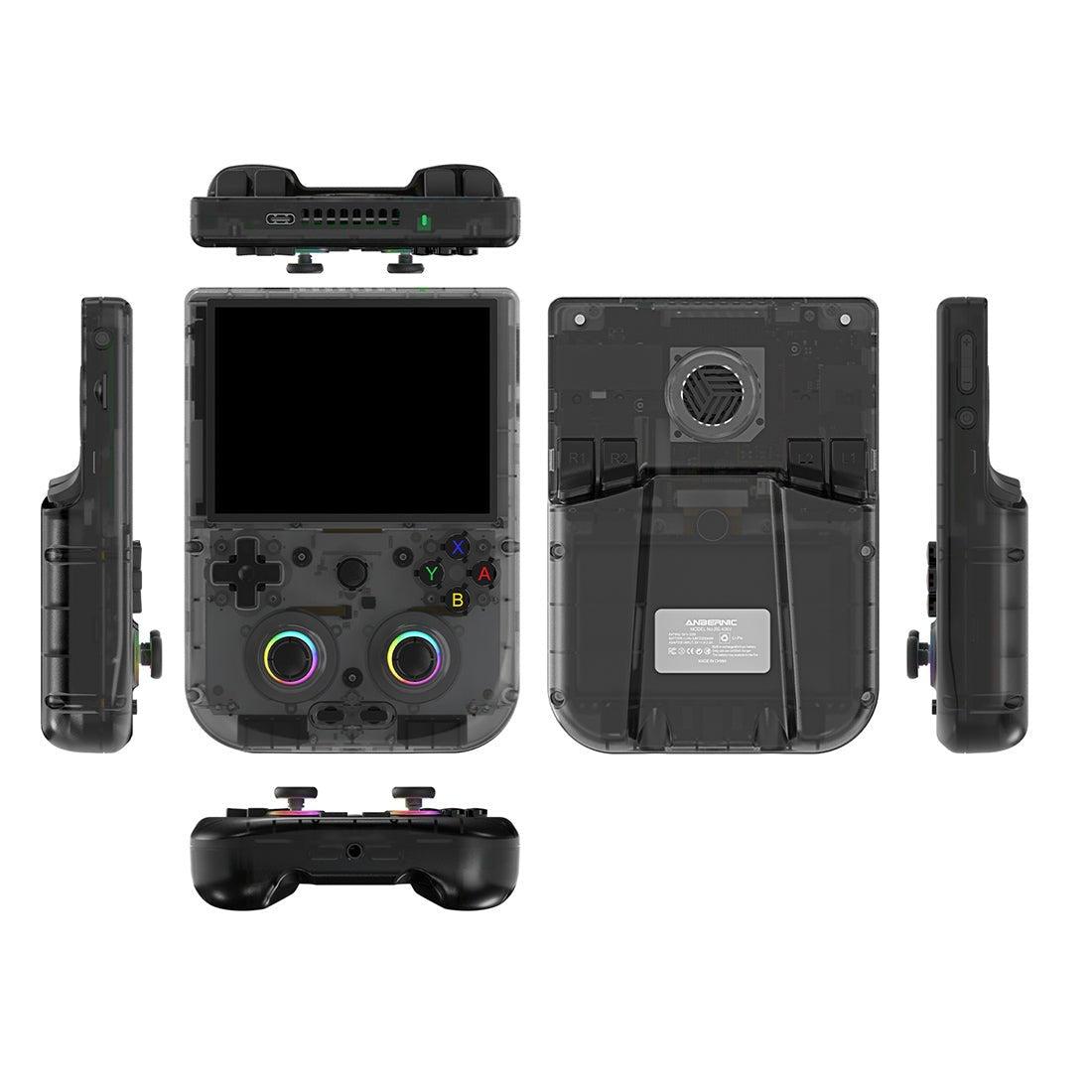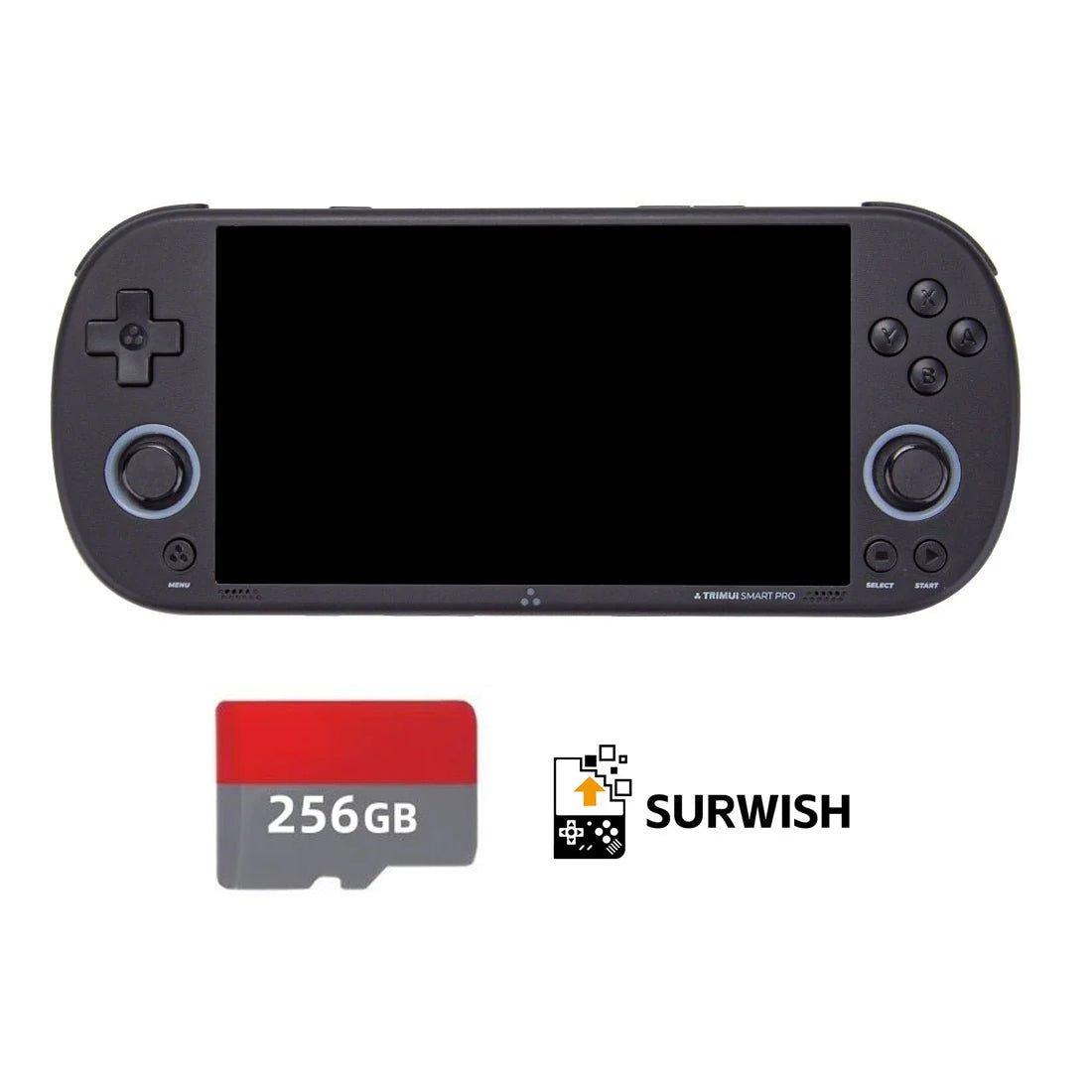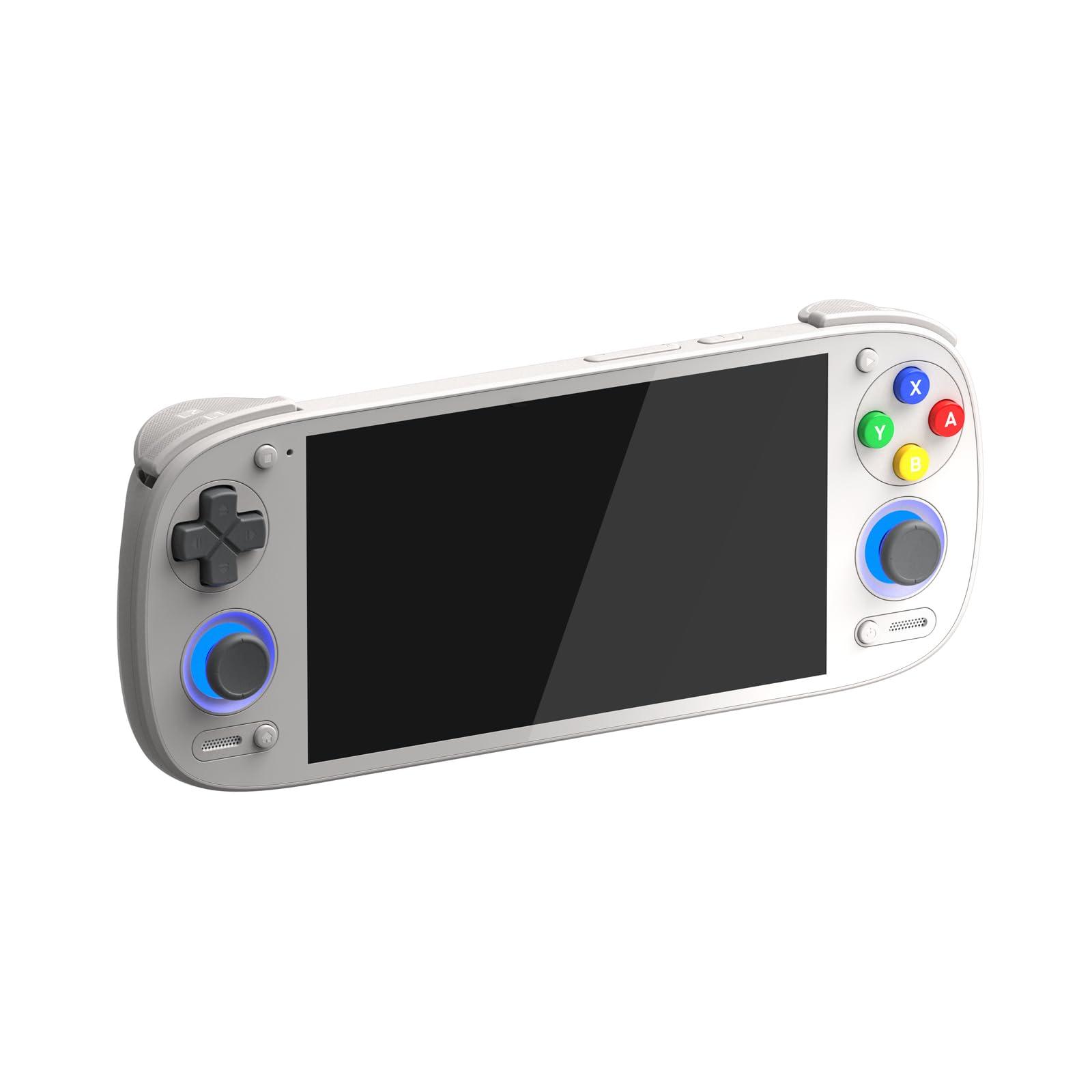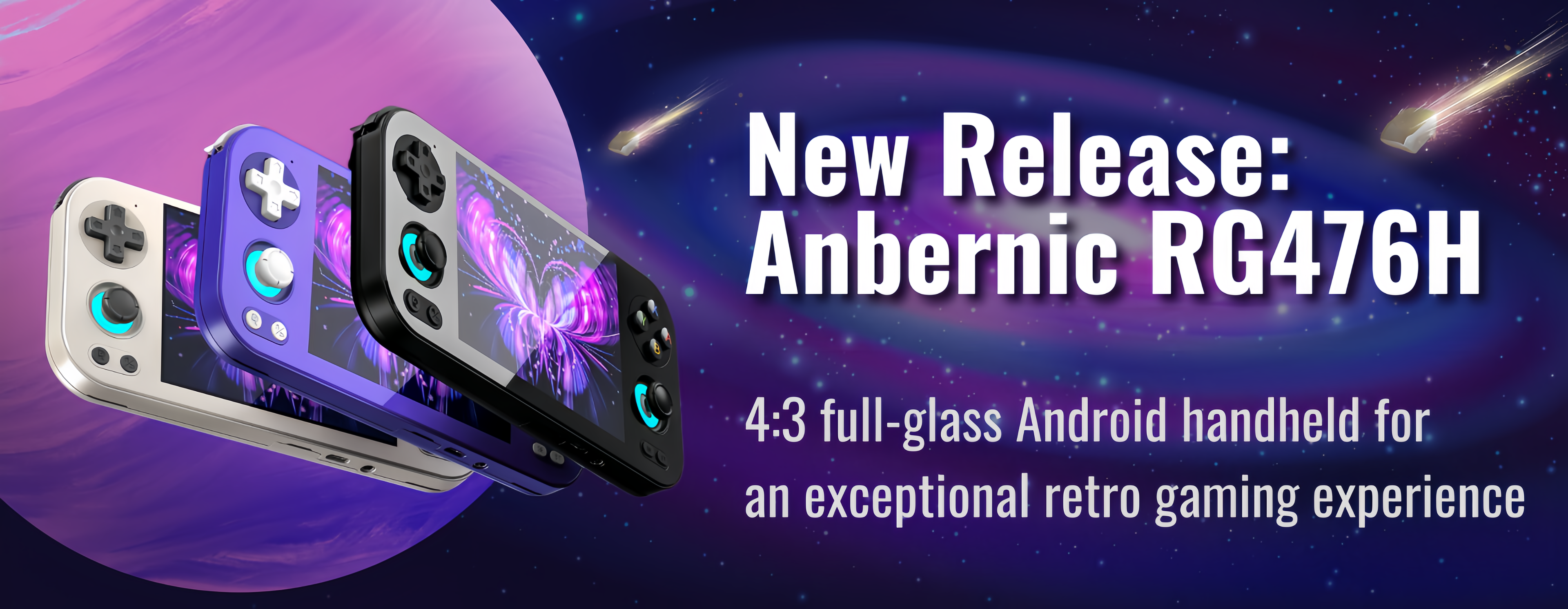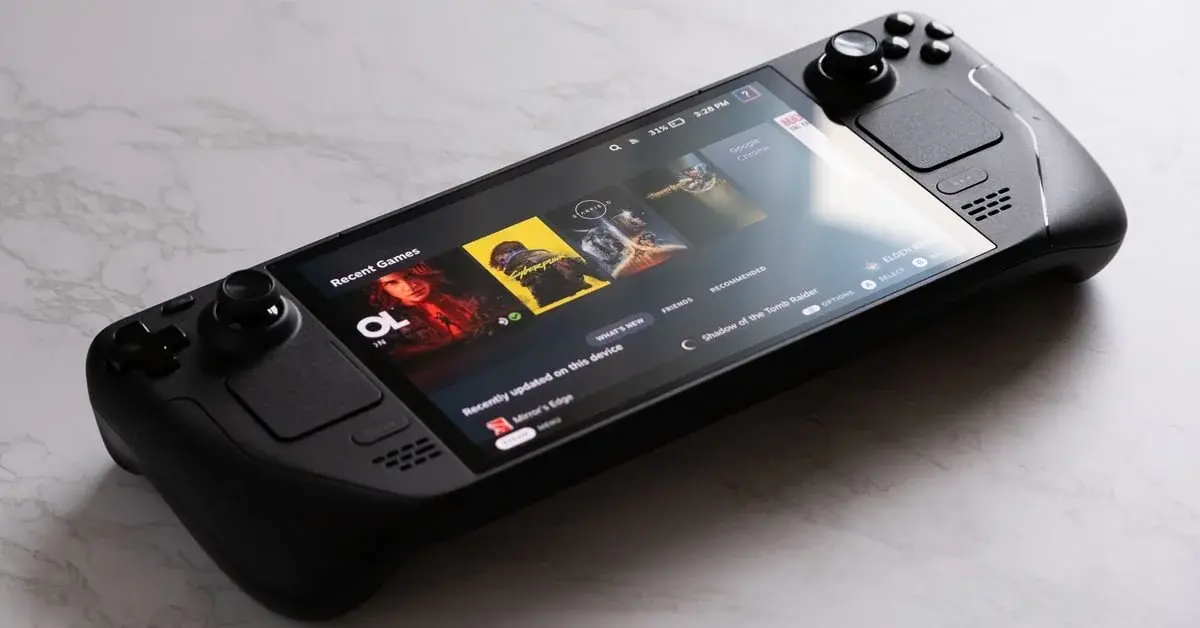Retro Handheld Screen Size Guide
Screen size dramatically affects your gaming experience, portability, and eye comfort. This guide breaks down each size category with real-world pros and cons to help you choose the perfect display for your needs.
3.2 inch Screens - Ultra Compact
The Reality
A 3.2-inch screen is smaller than most smartphones (which are typically 6 inches). These devices are incredibly portable but require focusing closely on the screen. Think of it as slightly larger than an original Game Boy Advance screen.
Pros:
✅ Fits literally anywhere - shirt pocket, small bag, jacket
✅ Longest battery life (less screen to power)
✅ Lightest weight, no hand fatigue
✅ Perfect for quick gaming sessions
✅ Most affordable options
Cons:
❌ Difficult to see fine details in PS1 3D games
❌ Text-heavy RPGs can strain eyes
❌ Not ideal for extended gaming sessions
❌ Limited to older systems with simpler graphics
Best For:
Game Boy, Game Boy Color, NES, SNES, Genesis, arcade games
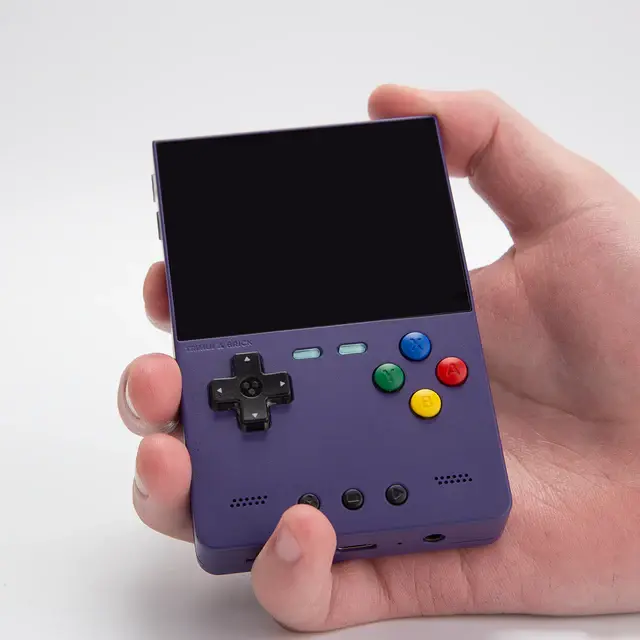
🎮 Top 3.2" Pick: TrimUI Brick ($45)
The ultimate pocket companion. Unique brick-like design is surprisingly comfortable, plays Game Boy and arcade games perfectly, and at $45, it's the most affordable quality handheld. Perfect for travel or as a secondary device.
3.5" Screens - The Sweet Spot
The Reality
3.5 inches is the most popular size for retro handhelds for good reason. It's the perfect compromise between portability and visibility. This was the screen size of the PSP and PS Vita, so it has a proven track record for handheld gaming.
Pros:
✅ Perfect aspect ratio for Game Boy and GBA games
✅ Still very portable (fits in most pockets)
✅ Comfortable for 2-3 hour gaming sessions
✅ Text is readable in most games
✅ Great battery life
✅ Widest device selection at this size
Cons:
❌ Still small for detailed PS1 3D games
❌ Not ideal for PSP (PSP was 4.3" originally)
❌ Some people prefer larger for aging eyes
Best For:
Game Boy, GBA, SNES, Genesis, NES, basic PS1, portability-focused users
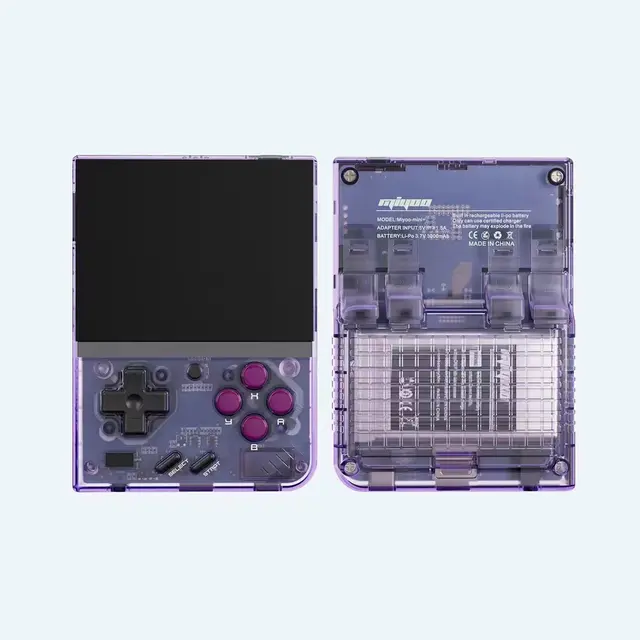
⭐ Top 3.5" Pick: Miyoo Mini Plus ($65.99)
The 3.5-inch screen on the Miyoo Mini Plus is crystal clear with vibrant colors. Perfect for Game Boy games where every pixel matters. OnionOS optimizes the display beautifully, and the device still fits in your jeans pocket. This is the screen size to beat.
4-5" Screens - Premium Balance
The Reality
4-5 inch screens offer noticeably better visibility while remaining reasonably portable. This size category includes some of the best mid-range and premium devices. You lose pocket portability but gain much better gameplay experience on detailed games.
Pros:
✅ Perfect for PS1, PSP, and Dreamcast games
✅ Text is easily readable in all games
✅ Comfortable for extended play (3-5 hours)
✅ Great for 3D games with detailed graphics
✅ Better for aging eyes
✅ Many premium options with OLED displays
Cons:
❌ Too big for most pockets
❌ Heavier, can cause hand fatigue on long sessions
❌ Shorter battery life (more screen to power)
❌ Less portable overall
Best For:
PS1, PSP, Dreamcast, N64, home gaming, users who prioritize screen quality

💎 Top 4" OLED Pick: Anbernic RG406V ($229.99)
The 4-inch OLED display on the RG406V is absolutely stunning. Colors pop, blacks are true black, and PS1/PSP games have never looked better on a handheld. The screen alone justifies the premium price. Combined with GameCube/PS2 capability and premium build, this is the ultimate 4-inch device.
5.5-7" Screens - Desktop Replacement
The Reality
These are portable gaming tablets more than pocket handhelds. Similar in size to a Nintendo Switch. The large screens provide incredible visibility but sacrifice true portability. Perfect for home use or backpack travel.
Pros:
✅ Best visual experience for any retro game
✅ Perfect for GameCube, PS2, and modern games
✅ No eye strain whatsoever
✅ Great for watching retro game streams
✅ Can replace a tablet for media consumption
Cons:
❌ Not portable (won't fit in pocket)
❌ Heaviest devices, hand fatigue on long sessions
❌ Shortest battery life (2-4 hours typical)
❌ Most expensive options
❌ Awkward for handheld-style games (Game Boy feels weird at 7")
Best For:
GameCube, PS2, modern PC games, home gaming, users who don't need pocket portability
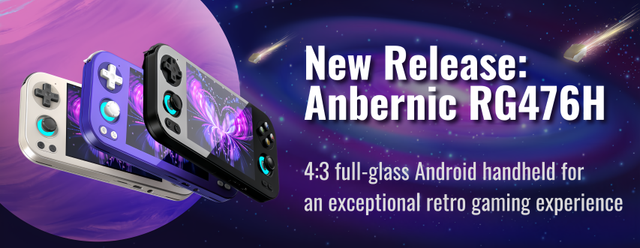
📺 Top Large Screen Pick: Anbernic RG476H ($249.99)
The first Anbernic with a 7-inch full-glass display changes everything. It's less a handheld and more a portable gaming station. GameCube and PS2 games look incredible, and Android 13 makes it a capable media device too. Perfect for couch gaming or long flights where you have table space.
Screen Size Comparison Table
| Size | Portability | Best Systems | Battery Life | Price Range | Example Devices |
|---|---|---|---|---|---|
| 3.2" | ⭐⭐⭐⭐⭐ | GB, GBC, NES, Arcade | 6-8 hours | $40-$50 | TrimUI Brick |
| 3.5" | ⭐⭐⭐⭐⭐ | GB, GBA, SNES, Genesis | 5-7 hours | $50-$90 | Miyoo Mini Plus, RG35XX, RG34XX |
| 4-4.96" | ⭐⭐⭐⭐ | PS1, PSP, Dreamcast | 5-7 hours | $90-$230 | RG405M, RG406V, Trimui Smart Pro |
| 5.5" | ⭐⭐⭐ | GameCube, PS2, Everything | 4-6 hours | $250-$300 | Retroid Pocket 5 |
| 7" | ⭐⭐ | Modern PC, PS3, All Emulation | 2-4 hours | $250-$650 | RG476H, Steam Deck |
How to Choose Your Ideal Size
Question 1: Where will you play most?
Public transport, commute: 3.2-3.5" (must fit in pocket)
At home on couch: 5.5-7" (bigger is better)
Mix of both: 3.5-4" (best compromise)
Travel (flights, hotels): 4-5.5" (good for plane tray tables)
Question 2: What systems will you play most?
Game Boy / GBA / SNES: 3.5" is ideal (matches original ratio)
PS1 / N64: 4-4.96" (3D games benefit from larger screens)
PSP / Dreamcast: 4.96-5.5" (PSP was 4.3" originally)
GameCube / PS2: 5.5-7" (need space for complex UI)
Question 3: How long are your typical sessions?
15-30 minutes: 3.2" works fine for quick sessions
1-2 hours: 3.5-4" is most comfortable
3+ hours: 4-5.5" with good ergonomics
Screen Size Myths Debunked
Myth 1: "Bigger is always better"
Reality: Game Boy games look weird on 7-inch screens. The pixel art was designed for small displays. A 3.5-inch screen actually provides a more authentic and enjoyable experience for 8-bit and 16-bit games.
Myth 2: "Small screens will ruin my eyes"
Reality: Modern IPS screens at 3.5 inches are sharp and clear. As long as you take breaks every hour and don't game in darkness, eye strain is minimal. The original Game Boy was 2.6 inches and people played for hours.
Myth 3: "You need a big screen for PS1"
Reality: PS1 games were designed for TVs viewed from 6-10 feet away. On a handheld, you're viewing from 12-18 inches. A 3.5-4 inch screen provides the same apparent size as a TV from across the room. Bigger helps, but isn't necessary.
Our Recommendations by Priority
Portability Priority:
Go 3.2-3.5" - TrimUI Brick, Miyoo Mini Plus, or Miyoo Mini Flip
Performance Priority:
Go 4-5.5" - RG406V, Trimui Smart Pro, or Retroid Pocket 5
Balance Priority:
Go 3.5-4" - Miyoo Mini Plus, RG35XX, or RG405M
Visual Priority:
Go 5.5-7" - RG476H, Retroid Pocket 5, or Steam Deck
The Verdict
For most retro gamers, 3.5 inches is the perfect size. It balances portability with visibility, works great for the vast majority of retro systems, and offers the best battery life. If you're primarily playing Game Boy and 16-bit games, don't feel pressured to go bigger.
If you want PS1 and beyond, 4-5 inches is worth it. The jump from 3.5" to 4.96" significantly improves the experience on 3D games without sacrificing too much portability.
